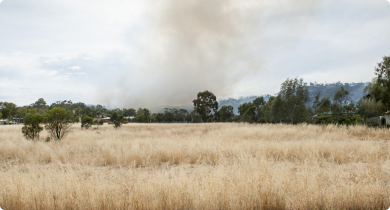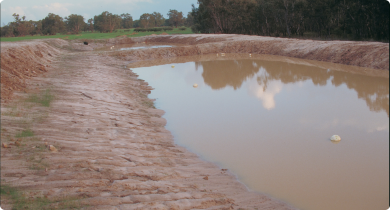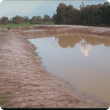Fire
The information below provides useful information to help you manage the outcomes of the bushfires. If you have any other questions please contact your DAFWA regional office.
See Also
- Farm recovery after fire – Western Australia
- Disaster Recovery Funding Arrangements
- Fire on farms in Western Australia – Reducing the risks
- Wind erosion control after fire in Western Australia
- Wind erosion after fire in Western Australia - frequently asked questions (FAQs)
- Water erosion control after fire – Western Australia





